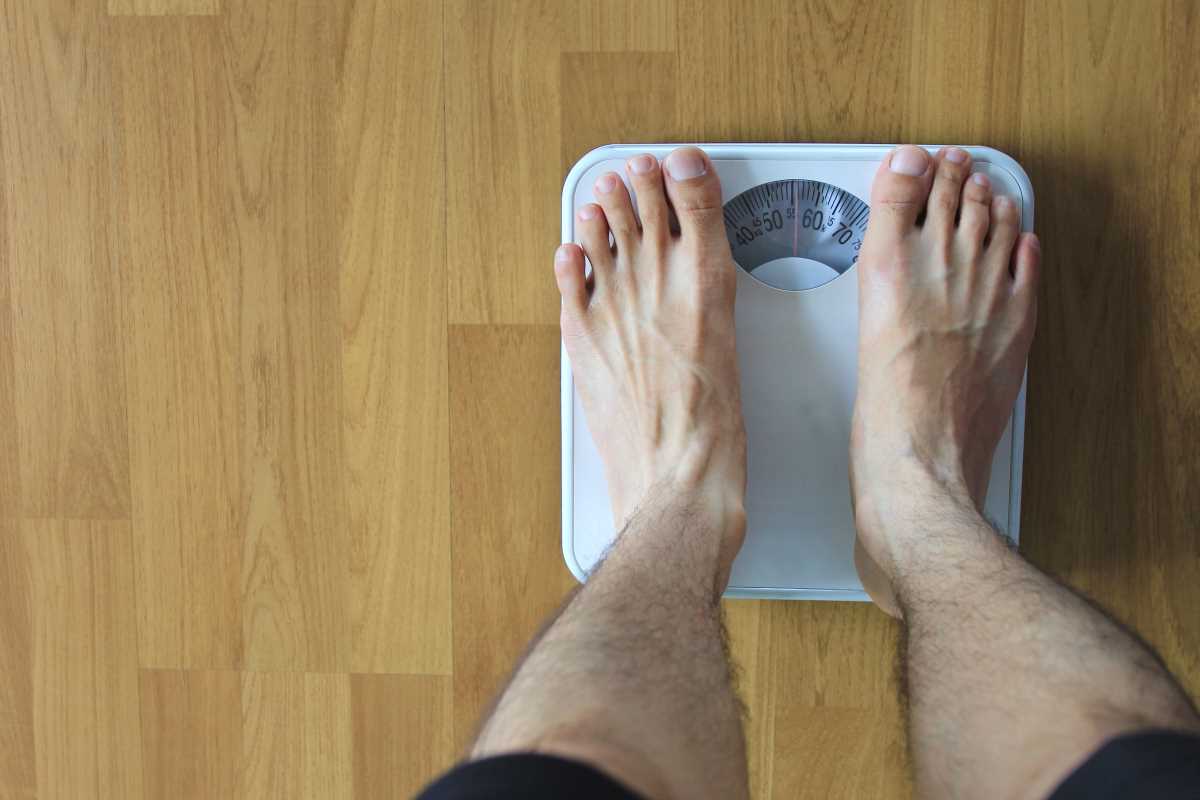Stress is an unavoidable part of life, but how we manage it makes all the difference. Unchecked stress can wreak havoc on your physical and mental health, while managing it effectively can help you lead a life that’s both balanced and fulfilling. The good news? You can take control of your stress without overhauling your life. By incorporating small, actionable changes, you’ll build resilience and calm even in the face of life’s challenges.
Here’s a detailed guide with practical tips and relatable advice to help you handle stress without compromising your health or happiness.
Identify Stress Triggers and Develop Healthy Responses
Every stress-management game plan starts with pinpointing what actually causes your stress. Whether it’s looming deadlines, financial worries, or communication hurdles, knowing the root of the problem puts you in the driver’s seat.
The Process
- Track your stressors for a week by journaling whenever you feel tense or overwhelmed. Include what happened, how it made you feel, and your physical reactions (like tense shoulders or an upset stomach).
- Look for patterns. Are certain people, environments, or situations consistently raising your stress levels?
Once you’ve identified your triggers, explore healthy responses. For work-related stress, take short breaks during the day to stretch or step outside. If rushing out the door in the morning creates tension, prepare what you need for the day the night before.
These coping strategies act as personalized tools to handle stress in a proactive and effective way.
Practice Mindfulness and Meditation
Stress often pulls us into an endless mental loop of “what ifs” and worst-case scenarios. Mindfulness, paired with meditation, interrupts this cycle by focusing your attention on the here and now.
Mindfulness Techniques
Mindfulness involves observing the moment without judgment. Try these simple exercises to ground yourself during a stressful day:
- Deep Breathing: Take five slow, deep breaths, focusing on the sensation of air filling your lungs.
- Body Scans: Close your eyes and slowly bring your attention to each part of your body, starting at your toes and working upward.
Meditation Basics
Meditation can be as simple as sitting in silence for five minutes and focusing on your breath. Guided meditation apps like Calm or Headspace make it easy to get started, even if you’ve never meditated before.
Even a few minutes of mindfulness or meditation each day can help you clear your mind and approach challenges with a greater sense of calm and clarity.
Move Your Body to Relieve Stress
Whether it’s yoga, running, or dancing around your living room, movement is one of the fastest ways to lift your mood and ease tension. Exercise releases endorphins, which counteract the effects of stress hormones, offering both mental and physical relief.
Finding Your Fit
The key is to pick something you actually enjoy. Dislike traditional workouts? Try something that feels more like play, such as hiking, swimming, or gardening.
- Short on time? Incorporate 10-minute routines like stretching or a brisk walk.
- Low-energy days? Gentle yoga or tai chi can ease tension without requiring a lot of physical effort.
Consistent movement, no matter how small, adds up. Over time, it becomes a powerful part of your stress-management toolbox.
Prioritize Self-Care and Joyful Moments
Self-care is essential to managing stress effectively. It’s how you recharge your batteries so you can tackle challenges with more energy and focus.
Daily Self-Care Rituals
- Morning Moments: Start the day with even five minutes of quiet time for yourself. Whether it’s enjoying your coffee without distractions or setting intentions for the day, this ritual helps you feel grounded.
- Quick Joy Breaks: Take short breaks to do something you love, like listening to music, reading an inspiring article, or getting some fresh air.
- Indulgences You Love: Prioritize activities that genuinely make you happy, like walking in nature, creating art, or indulging in a small treat you’ve been craving.
Self-care isn’t selfish. It’s what allows you to stay resilient and ready to face life as it comes.
Build a Support System
You don’t have to manage stress alone. Connecting with others provides perspective, practical advice, and emotional comfort when you need it most.
Ways to Build Support
- Reach out to loved ones or friends who listen without judgment.
- Join a support group or online community that deals with your particular stressors, such as parenting or career challenges.
- Consider speaking with a therapist or counselor for professional guidance and support.
Having others to lean on during hard times doesn’t just relieve stress; it reminds you that you’re never alone in what you’re facing.
Maintain Work-Life Balance
Work often takes a huge toll on stress levels, but setting boundaries can make a big difference in maintaining a healthy balance.
Work-Life Balance Tips
- Set Firm Limits: Create periods during the day when you don’t check work emails or respond to phone calls, and stick to them.
- Prioritize Tasks by identifying which ones truly need attention and letting go of unnecessary pressure to be perfect.
- Learn to Say No to commitments that will overwhelm your schedule or leave you exhausted.
By maintaining clear boundaries, you create space for relaxation, hobbies, and the meaningful connections that help life feel more fulfilling.
Practice Relaxation Techniques
Relaxation techniques can quickly lower stress levels, providing relief when life feels overwhelming.
How to Use Them
- Deep Breathing: Try inhaling for 4 counts, holding for 7, and exhaling for 8 counts. This breathing pattern activates your body’s relaxation response, calming your mind and body.
- Progressive Muscle Relaxation: Tense and release each muscle group in your body, starting from your feet and moving upward.
- Visualization: Close your eyes and imagine a peaceful place, like a quiet beach or forest. Engaging your senses in the visualization makes it feel more real and soothing.
Relaxation techniques are quick to learn, easy to practice, and effective in creating calm within just a few minutes.
 (Image via
(Image via





.jpg)